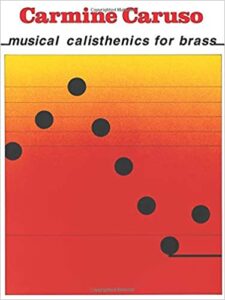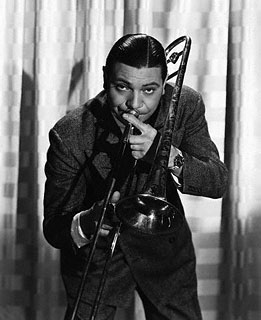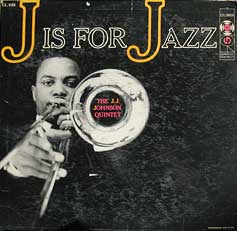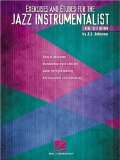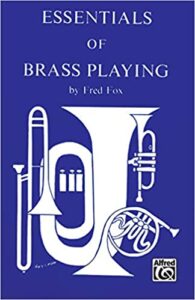
Next in my list of edifying brass texts is Essentials of Brass Playing by Fred Fox. I like this book. Fox’s method might be summed up in his teaching slogan, “Eternal Vigilance.” He stresses that attention to details is what makes for excellent performance on a brass instrument, and likens mastery of these details to knowing a correct safe combination. Fox explains that the right way is the easiest way and eliminates the need for brute force (like blowing up the safe).
While there are few picture-illustrations in Essentials of Brass Playing, Fox uses his strong grasp of simile and metaphor to get his ideas across, and he uses his own descriptive names like “Accordion Effect,” “Hydraulic Effect,” or “Fourth Gear” to illustrate many of his concepts. When it comes to the production of brass sounds, these comparisons encourage the reader to think about cause and effect. Here, for example, is part of Fox’s discussion of the air column from early in the book:
Brass players usually believe, quite mistakenly, that they must literally blow the sounds out of the instrument. This is natural and very common misconception.
The purpose of the air is to pass between the tensed lips and make them vibrate. It is similar to a bow that passes across the string of a violin to make the string vibrate. True, more air is used to get a larger lip vibration, and thus play louder. In the same manner, more bow pressure is used on a string to produce a louder sound. But it should be observed that even when the violin sounds louder there is no rush of air past the strings. Similarly, with any other non-wind instrument, such as piano, tympani, or even loud speaker (which can reproduce recorded brass sounds), the rush of air is no factor in the volume of the speaker sounds.
Interestingly, Fox defines “diaphragm” in his own way:
For our purposes I consider the upper abdominal area the upper diaphragm and the lower abdominal area the lower diaphragm.
For firm, full-bodied notes, whether played loud or soft, the upper diaphragm must remain under tension as long as a note or phrase is played …
While Fox isn’t incredibly explicit about forming an embouchure, these main points come through strongly throughout the text:
- The buzz of the embouchure should be possible without using the mouthpiece as a crutch.
- The embouchure corners should be firm, more-or-less pinned in the same position throughout the range of the instrument.
- Most, if not all, of the embouchure tension changes should occur within the mouthpiece.
Essentials of Brass Playing covers every technical aspect of brass performance and a few non-technical aspects as well; it’s highly recommended.

